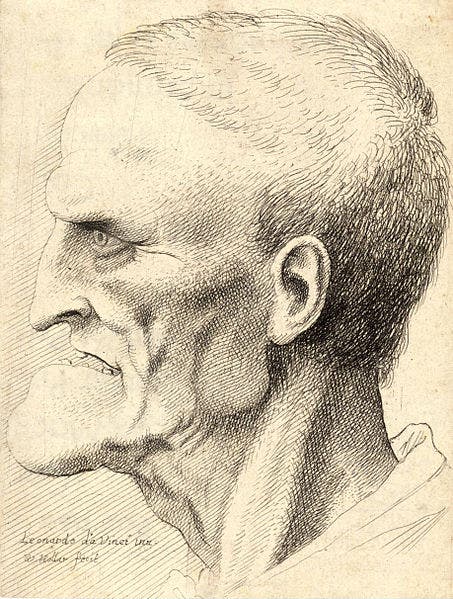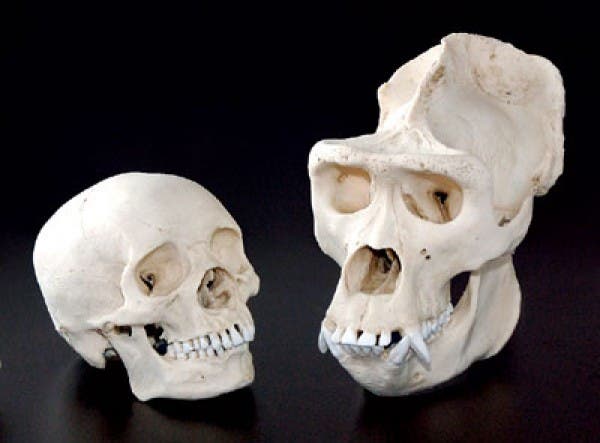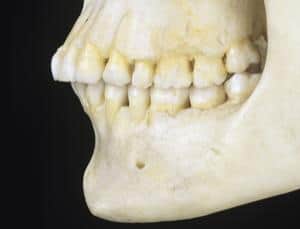Ever wondered what chins are good for? Upon a quick reflection, you might think it actually has some practical value, supporting your jaw against the massive chewing forces. But that’s nonsense. It doesn’t do any of that, as recent research concludes.
In fact, the chin – the last facial feature to stop growing – actually makes the jawless resistant to the bending stress of chewing as we age. Though still a mystery, scientists believe the chin is actually a side effect of the rest of the face has become smaller. Much smaller than that of early ancestors or cousin Neanderthals, at least.

Of course, chins are nice and it’d be really weird not having one. There are round chins, weak chins, superman chins, whatever. They come in all shapes and sizes. Preferences in terms of what is deemed attractive vary just as much.
With this in mind, it’s easy to think that chins appeared because of sexual selection, but that seems extremely unlikely. All eyes used to be brown, but at some point a mutation carried by a few humans with blue eyes surfaced.
Deemed special and unique, it was easy for these humans to find mates and pass on their genes. After all, dreamy blue eyes are found highly attractive to this day. But you had to have eyes in the first place. The chin has to be there in the first place for the sexual selection theory to hold. it’s not like some mutant human was born with a deformity (a chin), then passed it down.
Another theory suggests that chins are there to support our jaws. This is because the jaw packs a really heavy punch, especially the human one which is roughly 50% times more efficient than other primates.
Pound for pound, we humans bite harder than a gorilla. According to TIME, the jaw exerts up to 70 lbs. per sq. in. (32 kg per 6.5 sq. cm) for the molars, and people who grind their teeth in sleep could push that force tenfold.
Just like more stress builds stronger muscles, more grinding pressure might lead to more bone mass, hence the chin.

Nathan Holton, an anthropologist at the University of Iowa, decided to put this to the test. He and colleagues examined X-ray images from the Iowa Facial Growth Study, which tracked the skull development of participants from age 3 into adulthood.
By inputting jaw and chin measurements into a model, the team could see how the chin influenced the bending stresses. To recap, more force in the chin would mean more bone mass, but judging from the measurements taken of the 37 participants this isn’t the case. In fact, as faces matured the chin was less adapted to withstanding the bending stresses. Myth busted!
“The development of the chin doesn’t seem to have anything to do with resistance to bending stresses,” Holton said. “They’re just not related.”

We’re not done yet. While chins and their purpose remain somewhat of a mystery, there seem to be some solid hints suggesting that chins appeared from subtraction, not addition.
Namely, as our skulls became less broad facial features appeared more pronounced, including the chin. This makes sense since violence was an integral part of our early ancestors’ lives – much so than today.
Since cooperation rendered more results and enhanced their chance of survival more than sheer brute force, testosterone levels plummeted. Less testosterone is linked with smaller craniofacial structures.
In the meantime, until a better explanation (based on evidence) surfaces, you might as well put chins alongside appendixes and men’s nipples. I’m being mean, though. At least chins are good for something – save you from a life of weirdness. Keep that chin high, you deserve it!
Was this helpful?



